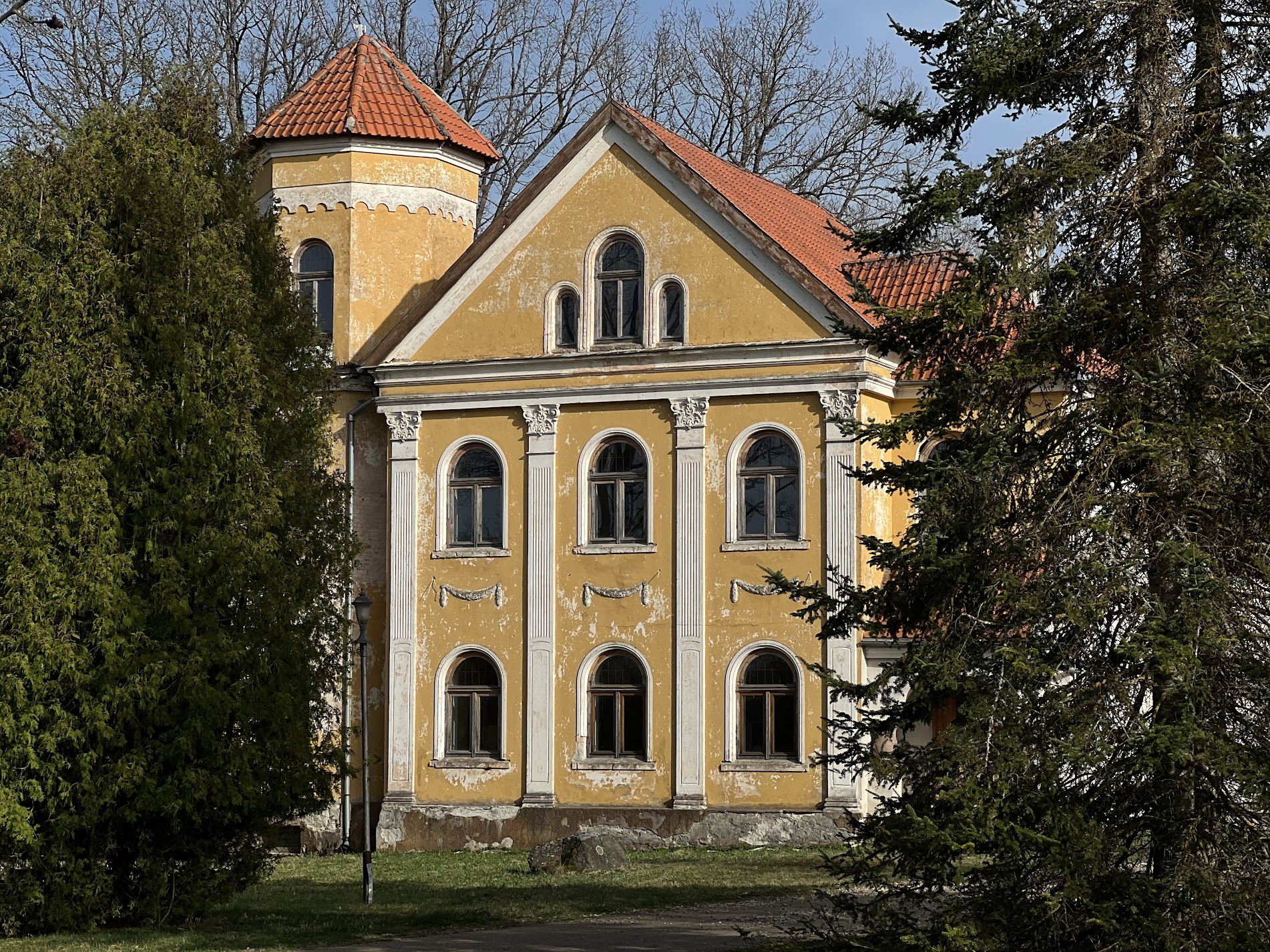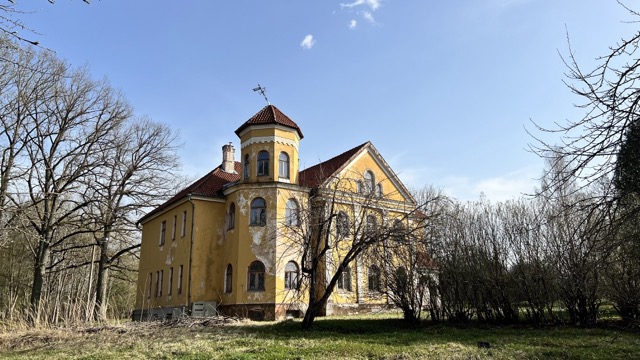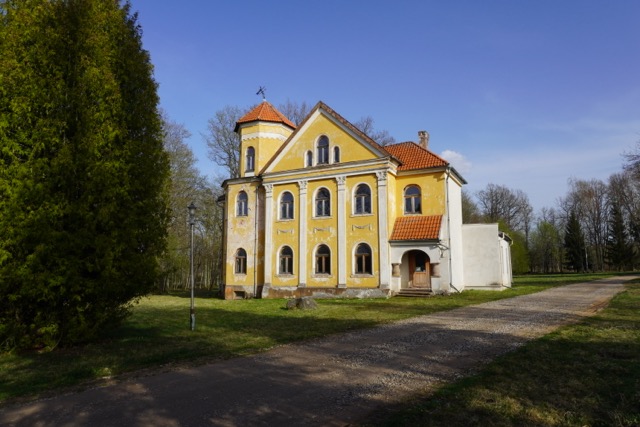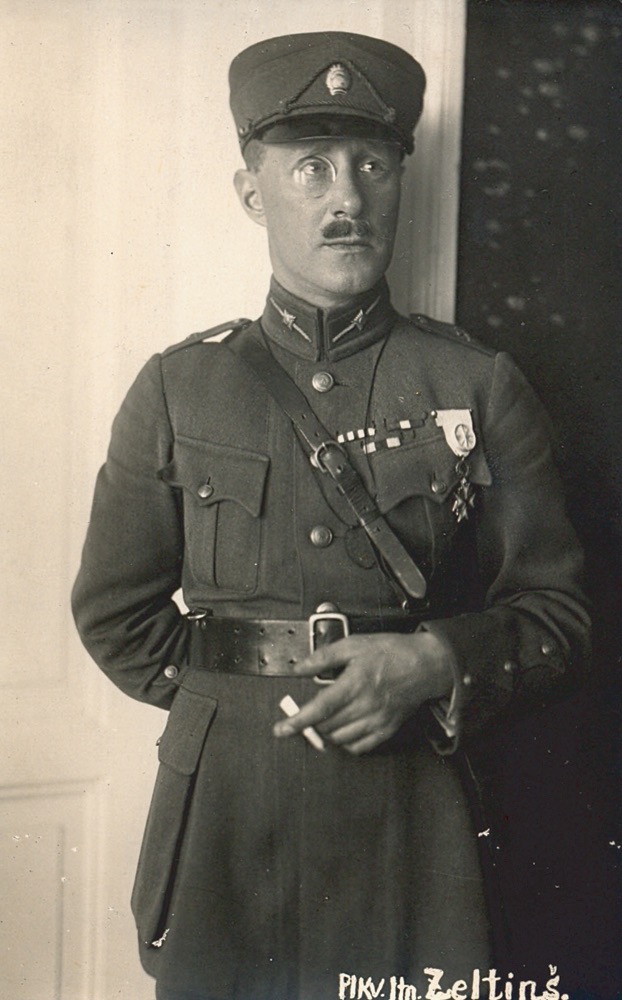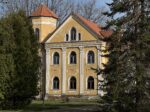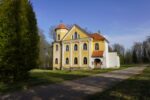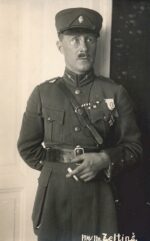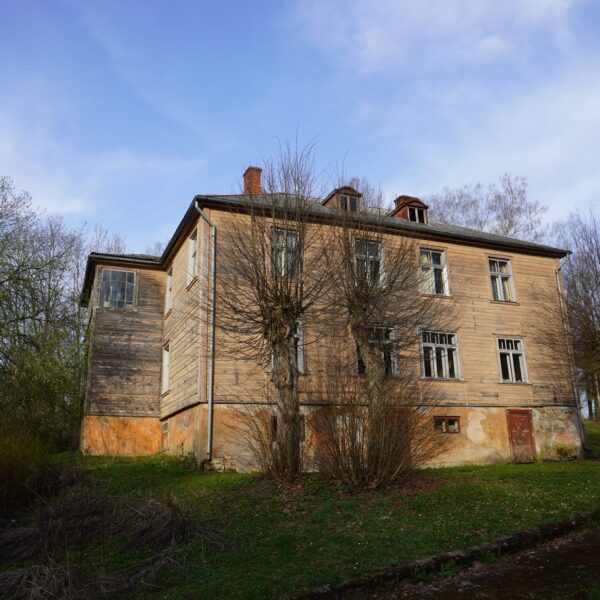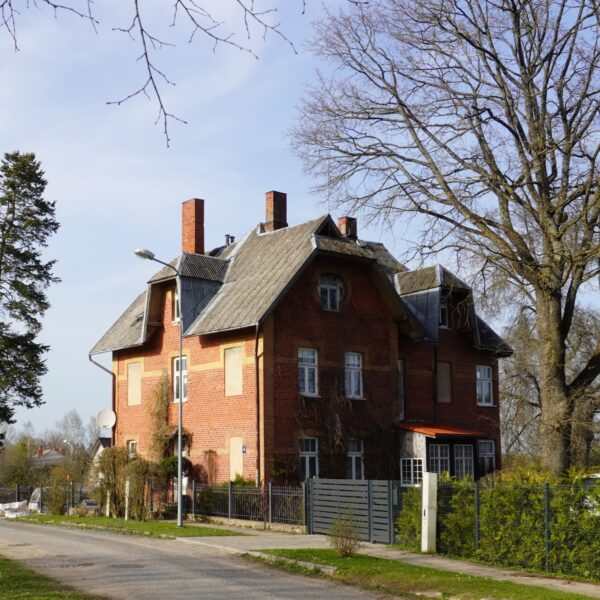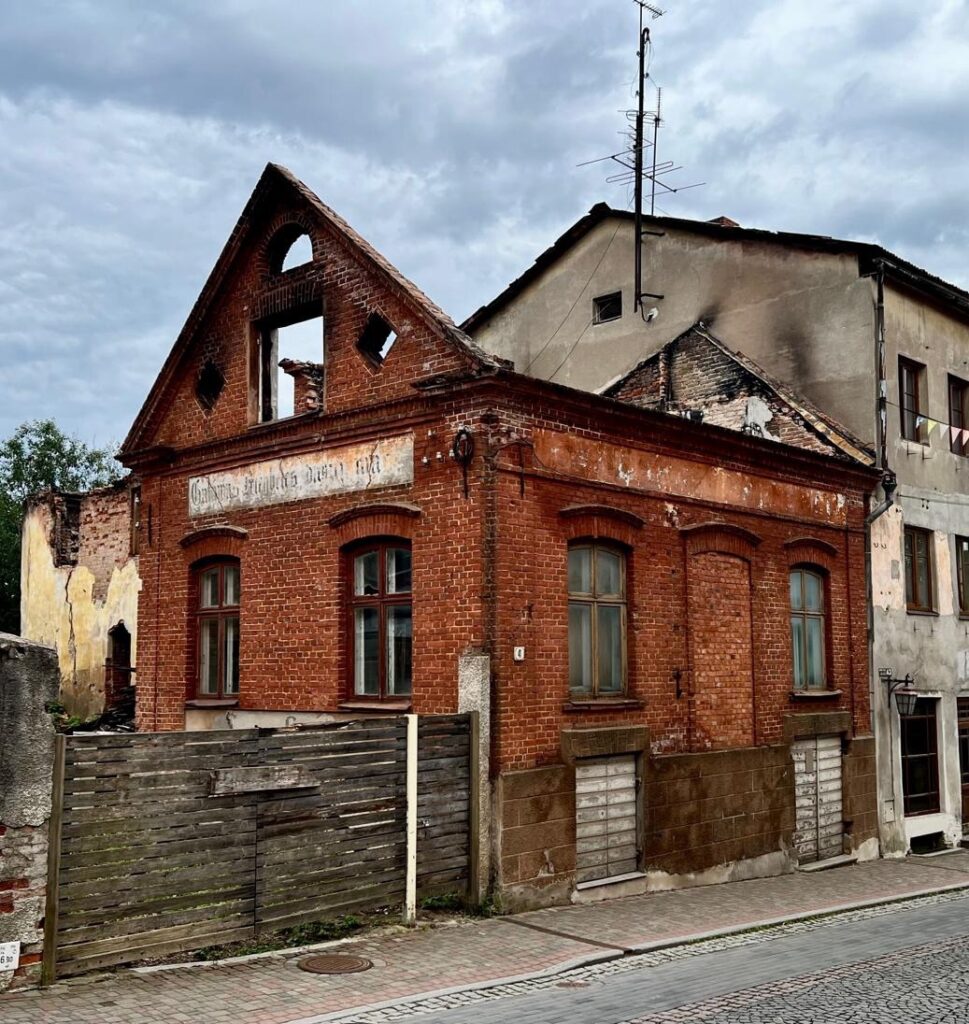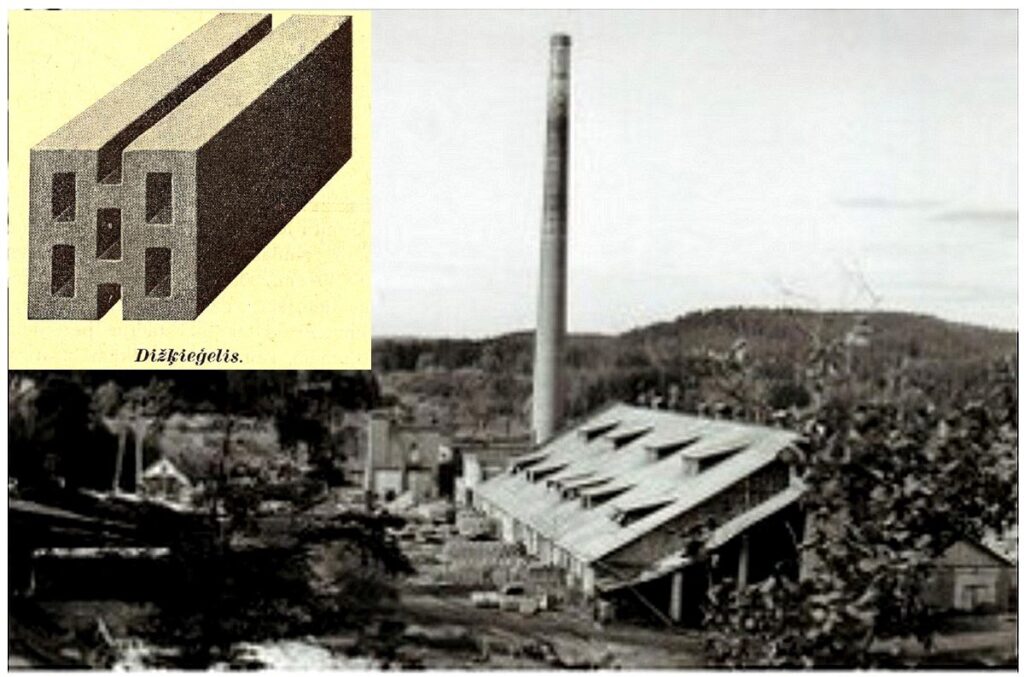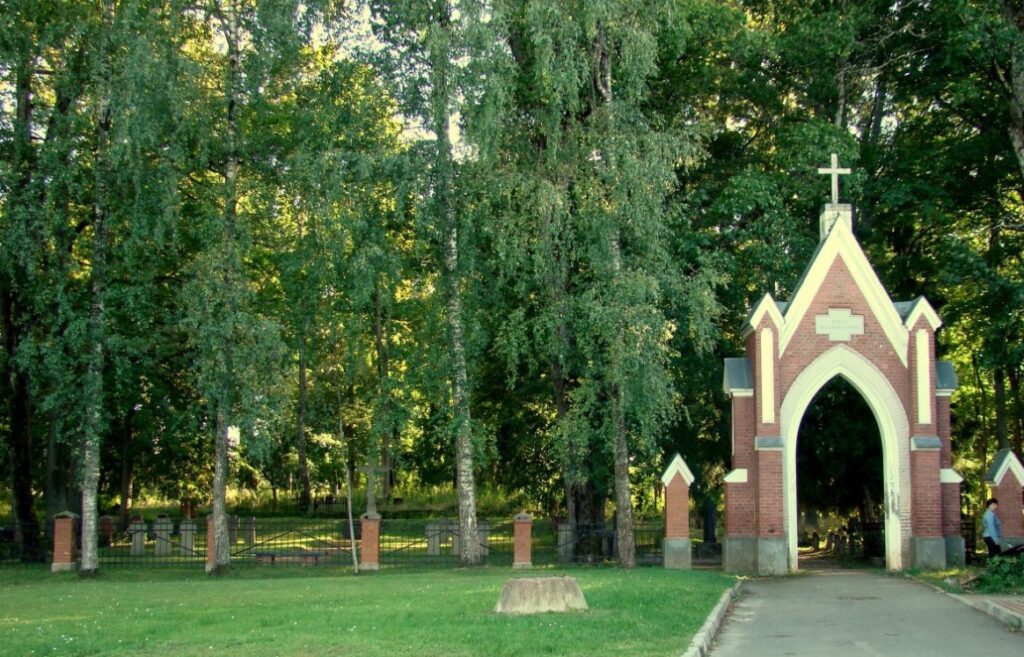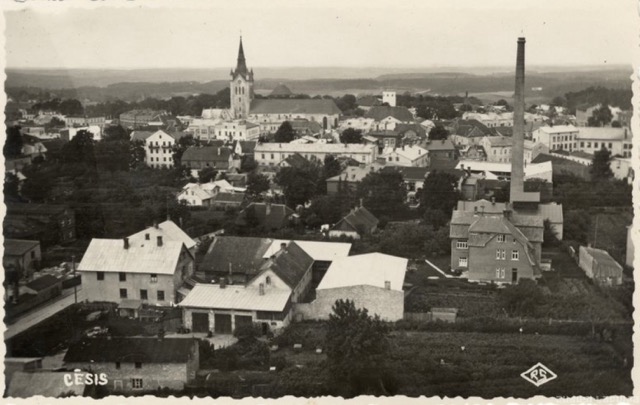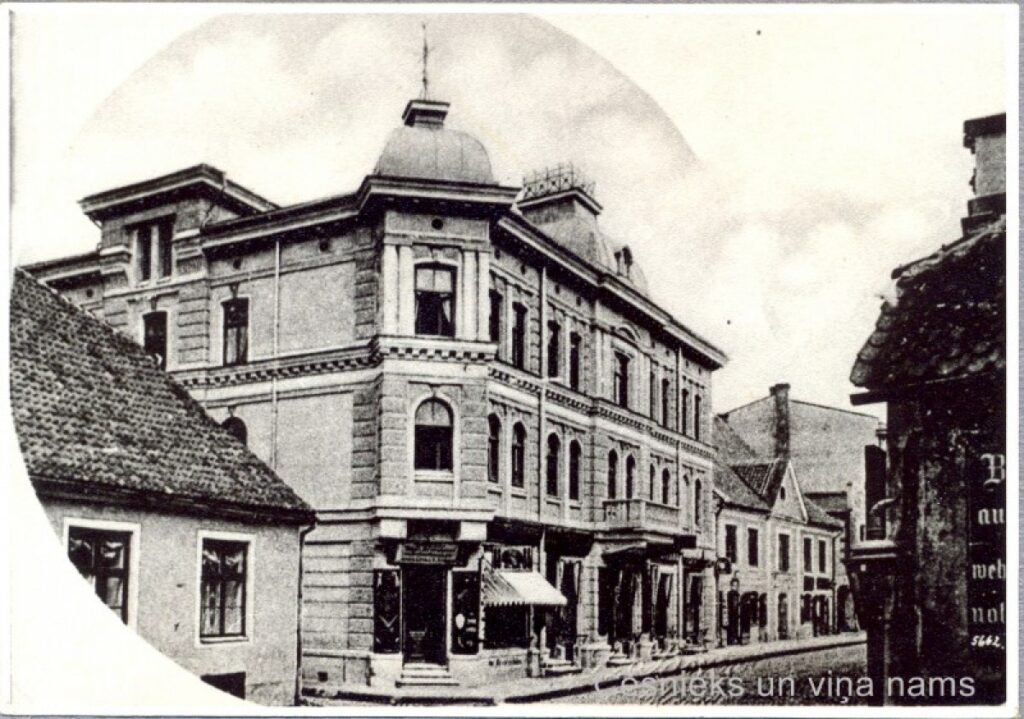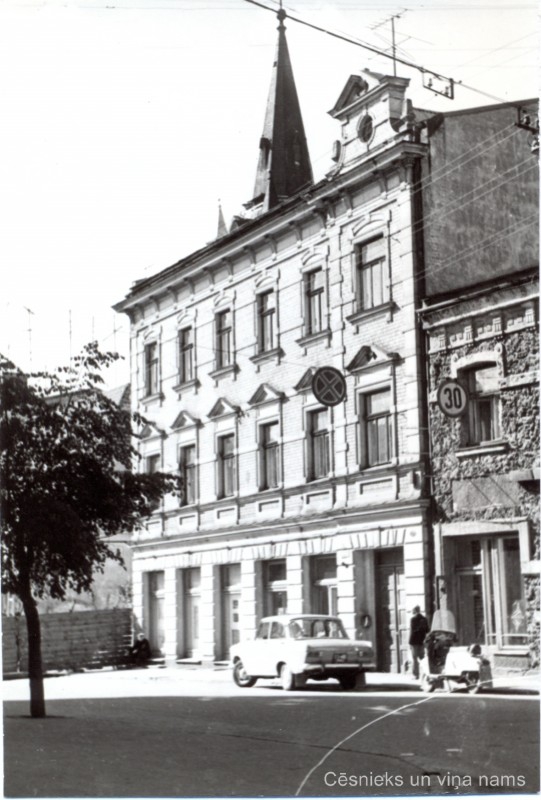Kalna Manor, a historic property with many names and an even more colourful past, is located just outside Cesis. Also known as Bergenhof, Kallenhof, Kalnenhof or Kalnamoise, this place holds secrets that go back to Livonian times. 1688. A map drawn by the land surveyor Johann Heinrich Keltsch in 1910 marks the manor area as “Kalnamoise”, indicating the possible presence of Livs in the area.
The manor’s official history dates back to 1561, when the last Livonian Kaiser, Gotthard Kettler, leased it to Reinhold II Führinghof. However, three years later, the manor was transferred to Bartolomei Patkul, together with 17 farmsteads that formerly belonged to the parish of Āraiši or Vībēnu. Interestingly, there is another parallel story about the beginning of the manor: on St Martin’s Day in 1561, Sigismund Seklerns received four villages in Āraiši from the same Master Ketler. Perhaps here we can see how the fates of the two manors – Kalns and Seklers – were intertwined from the very beginning.
In the middle of the 17th century the manor was acquired by Vilhelms Šlejers from Cēsis, whose family managed it for almost a century. 1782. In 1910, the Kalna Manor together with the Zeckler Manor became the property of Sigismund Adam von Wolff for an impressive 20 000 Albert Dahlers. In the following years, the manor changed hands several times until it was acquired by the South Midlands Agricultural and Co-operative Society in 1902.
At the beginning of the 18th century, Kalna Manor became a real centre of agricultural science, with test fields for fertiliser testing, breeding cattle, horses and poultry. The manor complex embodies the traditions of 20th century manor building – a two-storey stone castle with 14 rooms and a romantic park, reflecting the spirit of a bygone era.
After the establishment of independent Latvia, the manor survived the agrarian reform and was not divided.
During the Soviet era, Kalna Manor housed the dormitories of Cēsis Secondary School No.1, and later various institutions, including Agroprojekts, TERMOPLAST and the Vidzeme regional branch of the Latvian Road Transport Society.
The materials used for the description are from:
Ilma Zālīte, Mg. hist., and the Cēsis Rotary Club’s project “Around Cēsis Manor”,
Cēsis Castle Museum and Cēsis Central Library collections.

